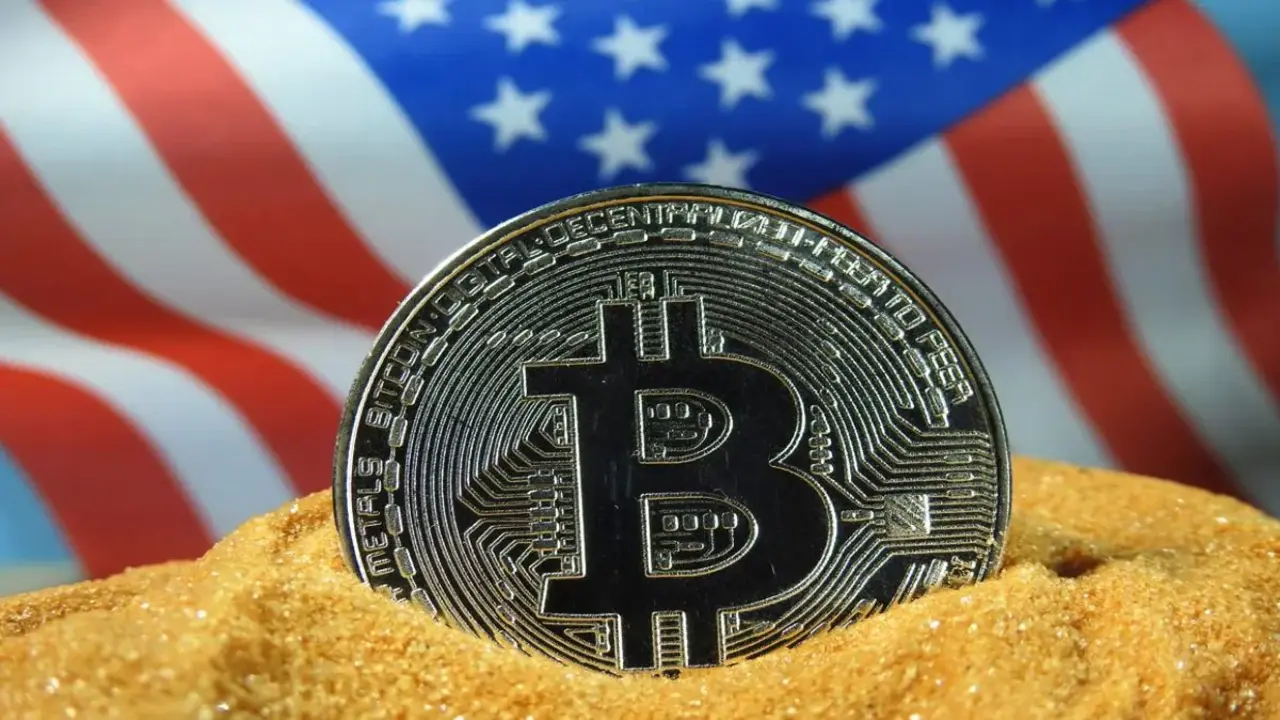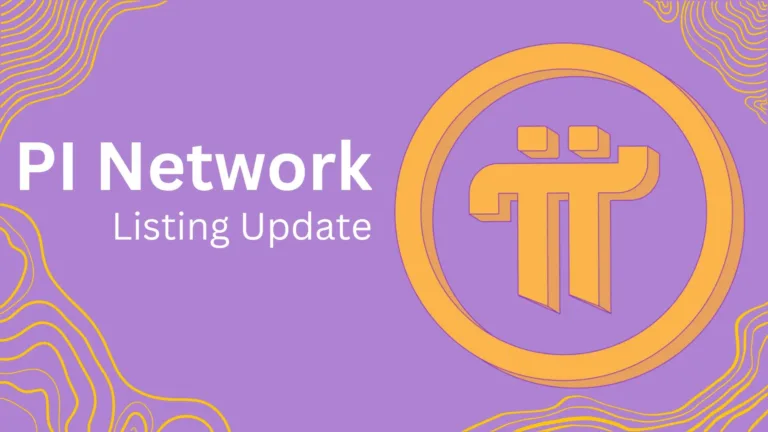What Percent of Americans Own Bitcoin?
Approximately 20% of American adults own Bitcoin, with ownership particularly prevalent among younger individuals and those in higher income brackets.
This trend reflects a growing acceptance of Bitcoin as a viable asset class, facilitated by advancements in technology and increased institutional interest.
Societal shifts indicate that Bitcoin’s adoption is poised for significant growth, impacting financial dynamics and investor behavior. Further exploration reveals additional insights into the demographics and motivations driving this ownership trend.
Principal Conclusions
ShowOverview of Bitcoin Ownership in the U.S

A significant portion of the American population has engaged with Bitcoin, reflecting a growing acceptance of cryptocurrency in the financial landscape.
According to recent surveys, approximately 23% of Americans report owning some form of Bitcoin, indicating a notable penetration into the mainstream.
This ownership spans various demographics, with younger individuals, particularly those aged 18 to 34, representing the highest percentage of adopters.
Data also shows that Bitcoin ownership correlates with higher income levels, as affluent individuals are more likely to invest in cryptocurrencies.
Additionally, the rise of digital wallets and exchanges has facilitated access, driving ownership rates higher. Overall, the increasing engagement with Bitcoin underscores its potential as a viable asset class within the broader financial ecosystem.
Historical Trends in Bitcoin Adoption
The historical trajectory of Bitcoin adoption in America reveals significant early challenges, including regulatory uncertainty and technological barriers that limited widespread acceptance.
However, recent data indicates a pronounced growth trend, driven by increased institutional investment and heightened consumer awareness.
This shift underscores a transformative period in the cryptocurrency landscape, reflecting broader societal changes in attitudes toward digital currencies.
Early Adoption Challenges
Although Bitcoin emerged as a revolutionary digital currency in 2009, its early adoption was fraught with significant challenges that hindered widespread acceptance.
Initial skepticism stemmed from regulatory uncertainties, as governments grappled with how to classify and regulate cryptocurrencies.
Moreover, the complexity of Bitcoin technology posed a barrier for non-technical users, limiting its appeal to a niche market.
Security concerns also plagued early adopters, with high-profile hacks and fraudulent schemes diminishing trust in the ecosystem.
Additionally, the lack of merchant acceptance made it difficult for users to utilize Bitcoin for everyday transactions, reinforcing the perception of it as a speculative asset rather than a viable currency.
These factors collectively stunted Bitcoin’s growth during its formative years, shaping the landscape of digital currency adoption.
Recent Growth Trends
As Bitcoin continued to mature, significant growth trends began to emerge, reflecting a shift in public perception and market dynamics.
Recent data indicates that ownership among Americans surged from approximately 7% in 2020 to around 13% by 2023. This increase can be attributed to heightened awareness, institutional investments, and the proliferation of user-friendly platforms facilitating access.
Additionally, demographic studies reveal a notable uptick in ownership among younger generations, particularly millennials and Gen Z, who view Bitcoin as a viable asset for investment and savings.
The COVID-19 pandemic further accelerated this trend, as economic uncertainty prompted individuals to explore alternative financial solutions.
These factors collectively signal a burgeoning acceptance of Bitcoin within the mainstream financial landscape.
Demographics of Bitcoin Owners

Approximately 20% of American adults are reported to own Bitcoin, reflecting a diverse array of demographics among its investors.
Research indicates that ownership spans various age groups, with younger individuals, particularly those aged 18-34, representing a significant portion. This demographic is often characterized by higher technological fluency and a propensity for risk-taking.
Gender analysis shows a male-dominated ownership, though female participation is gradually increasing.
Income levels also play a role, with Bitcoin ownership more prevalent among higher-income brackets, likely due to greater disposable income.
In addition, educational attainment correlates positively with ownership rates, as individuals with college degrees show a higher likelihood of investing in cryptocurrencies.
These demographic trends illustrate the evolving landscape of Bitcoin investment in America.
Reasons for Investing in Bitcoin
Investors are increasingly drawn to Bitcoin for its potential to deliver high returns, particularly in a market characterized by volatility.
Additionally, Bitcoin is viewed as a hedge against inflation, offering a safeguard for wealth in times of economic uncertainty.
Moreover, incorporating Bitcoin into an investment portfolio can enhance diversification, mitigating risks associated with traditional asset classes.
Potential for High Returns
The allure of potential high returns has made Bitcoin an increasingly attractive asset for many individuals and institutions alike.
Historical data indicates that Bitcoin has demonstrated significant price appreciation since its inception, with annual returns often surpassing those of traditional assets such as stocks and bonds.
For instance, from 2010 to 2020, Bitcoin’s price increased from less than $1 to nearly $30,000, reflecting a staggering compound annual growth rate.
Additionally, the asset class’s volatility presents opportunities for traders to capitalize on price fluctuations, further enhancing its appeal.
Institutional interest, exemplified by companies like MicroStrategy and Tesla adopting Bitcoin as part of their treasury strategies, signals confidence in its potential for future growth.
This combination of historical performance and institutional endorsement bolsters Bitcoin’s investment allure.
Hedge Against Inflation
As inflationary pressures continue to challenge traditional fiat currencies, many investors view Bitcoin as a viable hedge against the diminishing purchasing power of money.
This perspective is supported by several key factors that underline Bitcoin’s potential role in an inflationary environment:
- Scarcity: Bitcoin’s capped supply of 21 million coins creates inherent scarcity, contrasting with fiat currencies that can be printed without limit.
- Decentralization: Unlike central banks, Bitcoin operates on a decentralized network, reducing the control that governments have over its supply and value.
- Historical Performance: Data shows that Bitcoin has often outpaced inflation rates, providing long-term value retention compared to traditional assets.
These attributes contribute to Bitcoin’s appeal as a strategic investment during periods of economic uncertainty and rising inflation.
Diversification of Portfolio
While traditional asset classes like stocks and bonds have long been staples of investment portfolios, incorporating Bitcoin offers a unique opportunity for diversification.
As a decentralized digital currency, Bitcoin exhibits low correlation with conventional investments, which can mitigate overall portfolio risk. Data from recent studies indicate that a portfolio containing as little as 1-5% Bitcoin can enhance risk-adjusted returns.
Additionally, Bitcoin’s finite supply—capped at 21 million coins—creates a scarcity effect, potentially increasing value amid growing demand.
With its increasing acceptance among institutional investors and as a means of transaction, Bitcoin’s role in portfolios continues to evolve.
Consequently, its inclusion can provide investors with a strategic advantage in steering through market volatility and enhancing long-term financial growth.
Comparison With Other Investment Vehicles

Although Bitcoin has garnered significant attention as a novel asset class, its performance and risk profile warrant careful comparison with traditional investment vehicles such as stocks, bonds, and real estate.
Each of these investment types presents unique characteristics that influence investor decisions:
Each investment type offers distinct traits that shape how investors approach their choices.
- Volatility: Bitcoin has exhibited extreme price fluctuations, often surpassing that of stocks or bonds, which typically offer more stability.
- Liquidity: Bitcoin can be traded 24/7, providing immediate access to capital, unlike real estate which may require lengthy transaction processes.
- Regulatory Environment: Traditional investments are governed by established regulations, while Bitcoin’s regulatory status remains uncertain, affecting its reliability as a long-term investment.
This analysis highlights the fundamental differences and considerations that investors face when evaluating Bitcoin alongside established investment options.
Future Predictions for Bitcoin Ownership
The trajectory of Bitcoin ownership in America is poised for significant evolution as various factors converge, influencing investor behavior and market dynamics.
Analysts predict that increased institutional adoption and regulatory clarity will enhance public confidence, potentially leading to a rise in ownership among retail investors.
Current trends indicate that younger demographics, particularly millennials and Gen Z, are more inclined to invest in cryptocurrencies, suggesting a generational shift that could expand Bitcoin’s user base.
Additionally, advancements in technology and user-friendly platforms are likely to facilitate easier access to Bitcoin, driving up participation rates.
Forecasts estimate that by 2025, the percentage of Americans owning Bitcoin could approach 20%, reflecting growing acceptance and integration into mainstream financial practices.
Implications of Increased Bitcoin Adoption
As Bitcoin adoption increases, various economic and social implications are expected to unfold, reshaping the financial landscape in America.
The rise of Bitcoin as a mainstream asset could lead to several significant developments:
- Economic Diversification: Increased Bitcoin ownership may encourage a shift from traditional assets, prompting diversification in investment portfolios and altering market dynamics.
- Regulatory Changes: As more individuals engage with Bitcoin, policymakers may implement new regulations to address taxation, security, and consumer protection, impacting the overall market structure.
- Financial Inclusion: Bitcoin can serve as a tool for unbanked populations, potentially expanding access to financial services, thereby reducing economic disparities.
These implications highlight the transformative potential of Bitcoin adoption within the American economy and society, inviting both opportunities and challenges.
Wrapping Up
As the landscape of Bitcoin ownership continues to evolve, current data suggests that a significant percentage of Americans are engaging with this digital asset.
Yet, with fluctuating market conditions and regulatory uncertainties, the future of Bitcoin adoption remains uncertain.
Will the trend continue upward, or will barriers stifle its growth? As investors weigh the potential rewards against the risks, the answer to this question could redefine the financial landscape for generations to come.







